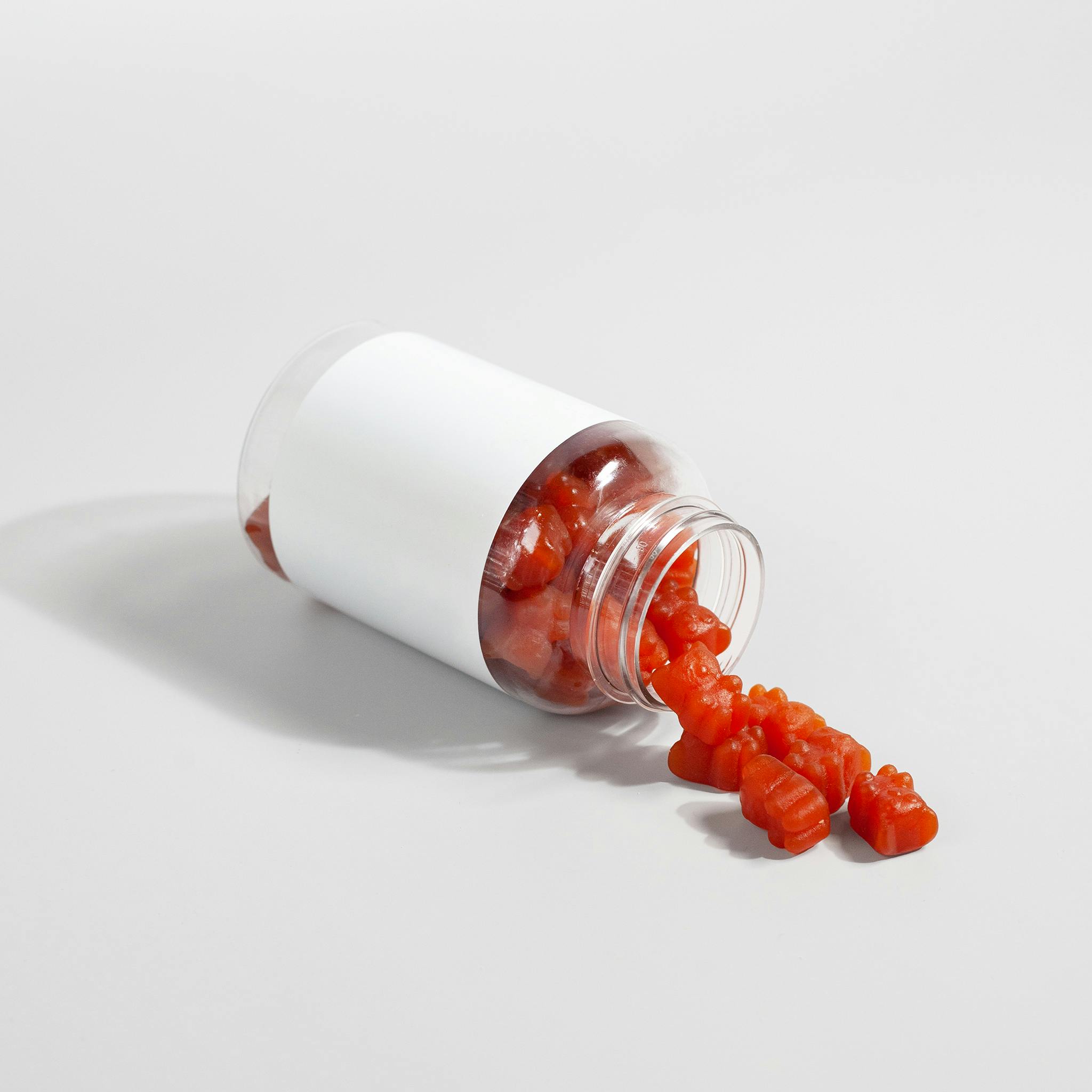Factors that impact the accuracy with which nurses place preterm infants with respiratory distress syndrome in the prone position

All claims expressed in this article are solely those of the authors and do not necessarily represent those of their affiliated organizations, or those of the publisher, the editors and the reviewers. Any product that may be evaluated in this article or claim that may be made by its manufacturer is not guaranteed or endorsed by the publisher.
Authors
Prone positioning is an important treatment procedure for preterm infants with Respiratory Distress Syndrome (RDS). However, the accuracy with which preterm infants in the Neonatal Intensive Care Unit (NICU) are placed in the prone position is impacted by several factors. The current study aimed to identify these factors. One hundred and twenty-eight nurses were included in this cross-sectional study. Direct observations of the research subjects were used to collect the research data. The participants completed a research questionnaire that included their demographic data and three others to obtain information on their clinical experience, knowledge of positioning, caring behaviors, and efficacy. Independent factors likely to affect preterm infant positioning were evaluated using multivariate logistic regression. The alpha level was set at 5%. Knowledge (p=0.002) and caring behavior (p=0.009) significantly influenced the accuracy with which nurses placed preterm infants with RDS in the prone position. Nursing efficacy, infant’s bodyweight, gestational age, the institution, and DNR decisions did not significantly impact accuracy. NICU nursing staff require interventions to increase their knowledge of the accurate positioning of preterm infants with RDS.
How to Cite

This work is licensed under a Creative Commons Attribution-NonCommercial 4.0 International License.
PAGEPress has chosen to apply the Creative Commons Attribution NonCommercial 4.0 International License (CC BY-NC 4.0) to all manuscripts to be published.









